
Eric-John Torres

Audio By Carbonatix
Of the various festivals Phoenix has gained and lost over the years – Lost Lake, Pot of Gold, ZONA, etc. – VIVA PHX was an extra-devastating blow. Even if the fest just ran for a few years (2014 to 2017), it left a most indelible mark.
“I’ll always remember living near the OG VIVA, and hearing ‘Baby Got Back’ blasting down the streets,” says Chelsey Louise of Fairy Bones. “It was amazing.”
Robbie Pfeffer, frontman of Playboy Manbaby, has slightly wackier recollections.
“Honestly, my favorite memory is just walking down the street and encountering luchador wrestling in the middle of the city,” says Pfeffer. “There was a guy who pulled another guy out of the ring and brought him into a porta-potty. I remember thinking, ‘Wow, this is different than anything else I’ve ever been a part of.'”
When news happens, Phoenix New Times is there —
Your support strengthens our coverage.
We’re aiming to raise $30,000 by December 31, so we can continue covering what matters most to you. If New Times matters to you, please take action and contribute today, so when news happens, our reporters can be there.
For Breakup Shoes’ Nick Zawisa, VIVA PHX was a dream – in a few different ways.
“I remember the big (2017) highlight for me was seeing Joyce Manor,” says Zawisa. “I’ve always viewed Joyce Manor as just perfect pop-punk. I am pretty sure I went in 2016, but the only band I remember seeing is The Technicolors. So I don’t know if that’s real. But I swear it was in the Masonic Temple.”
For Jonathan Saillant, frontman of Pijama Piyama, the fest was a rite of passage.
“There was one year that I went unplanned,” he says. “I was not living in Phoenix at the time. No car, and I just caught a ride down for the weekend.”
While Tristan Jemsek of Tucson’s Dogbreth never attended, even he’s heard of Playboy Manbaby’s 2017 set from the riotous “Punk Rock Alley” stage.
“Yeah, we did it in the alley,” says Pfeffer. “And it’ll be cool to be on a bigger stage. It feels like closing a circle.”

Playboy Manbaby are one of the musical acts scheduled for the return of VIVA PHX in October.
Playboy Manbaby
Pfeffer’s referring, of course, to the news that VIVA PHX is no longer just a series of beloved memories, but has returned from a seven-year hiatus. The bands mentioned here are among 70 total acts who’ll take to the streets and venues of downtown Phoenix on Saturday, Oct. 19.
The resurrected VIVA is the brainchild of Best Life Presents and Live Nation, who opted for the return to coincide with the fest’s 10th anniversary. Blair Brejtfus, a buyer for Live Nation and who helped organize the original VIVA while at Stateside Presents, says the event and name coincide with Phoenix’s sustained arc of development.
“When it first came about, it was one of those things, like Crescent Ballroom, that brought people downtown and, for some people, probably their first time experiencing downtown,” says Brejtfus. “So as it continues to change, we’re hoping to highlight that as well. There’s a big focus on a lot of emerging acts back then, which we’re trying to keep alive, as well as local acts. We’re hoping to recreate this new iteration.”
It’s a thought shared by others in the local scene.
“What makes VIVA different from other Phoenix-based festivals is the diversity of genres, artists and venues,” says Louise, who also does music PR. “They really utilized a lot of our cool, intimate venues, and that was really cool to see, and sort of transformed downtown Phoenix into the local music mecca it is today.”
Given that robust lineage, the first step had to fully connect the new VIVA with the past. Matt Baquet, co-owner of Best Life, made sure to establish VIVA in the very best way possible.
“We approached our mentor and buddy Charlie Levy and we’re like, ‘I think we’re going to try to do a new fest in Phoenix, like Best Life Fest or something,'” says Baquet. “And he’s like, ‘No, you should bring back VIVA PHX and I’ll give you the keys because everyone is always asking me.'”
It wasn’t just Levy, either, as Baquet calls the process “serendipitous” as they sought out partners and sponsors.
“Every person that jumped on connected another person and connected another. It just had this amazing organic snowballing momentum to get off the ground and let us know we were doing the right thing,” says Baquet.
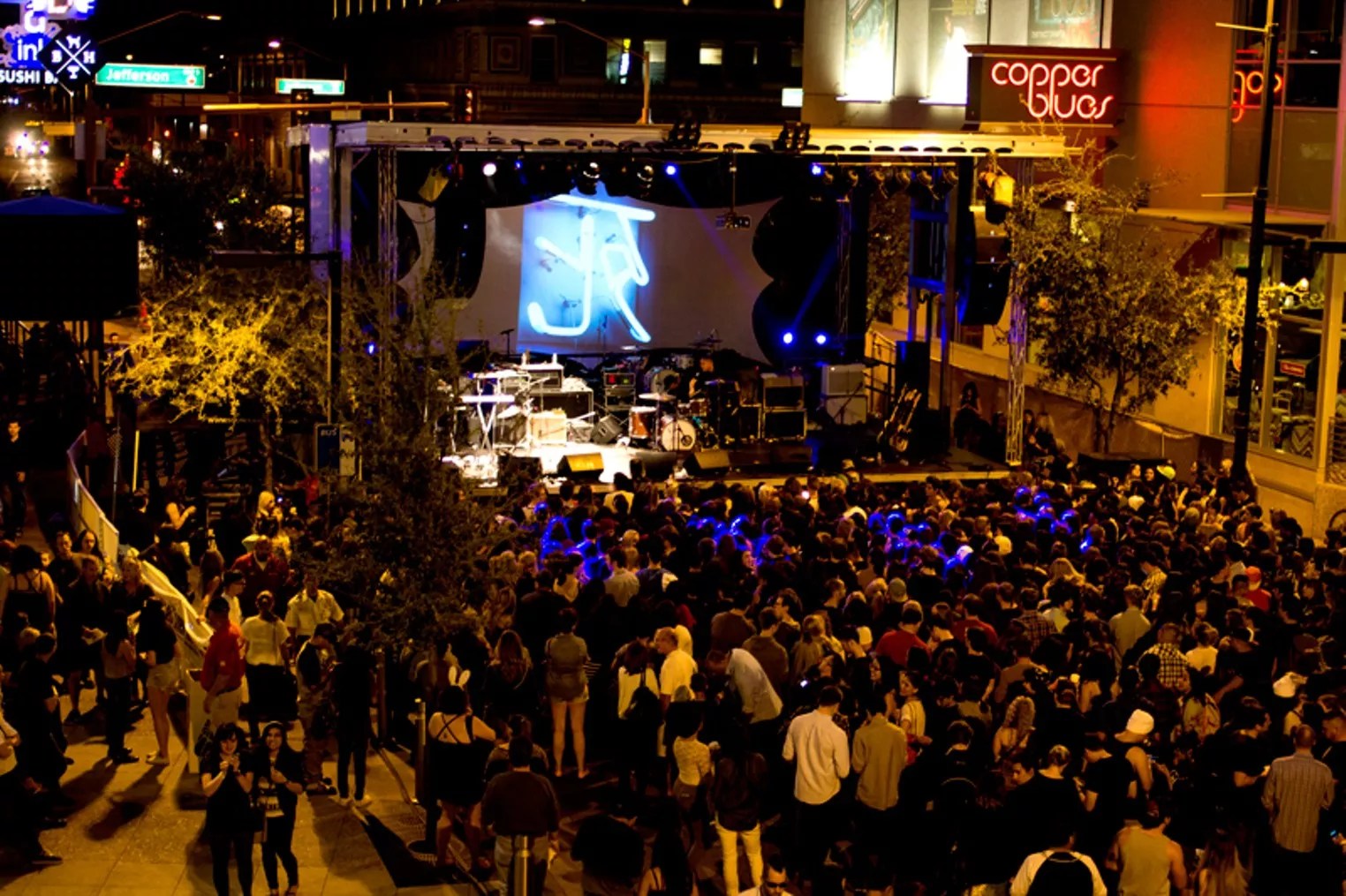
A crowd shot from VIVA PHX 2014.
Jessica Oberst
So, with all of this, does Brejtfus see this as a new chapter for VIVA, or maybe more of a restart?
“I do think it’s VIVA 2.0 in some ways,” he says. “Like, 80 percent of it’s the same, but we have some new focuses on the food that wasn’t quite there before. And a little bit bigger of a street festival portion, and connecting some of the venues and making more of a central hub, where last time there was more of a venue crawl spread out. This time it’s a little bit more centralized.”
But this VIVA is still decidedly different, and not just in the planning and layout. Rather, the “new” VIVA is less about rehashing the past but rather doing something that makes sense for the industry in 2024. That begins, perhaps rightly so, with a more eco-friendly approach.
“I think it’s just much more sustainable and practical and resourceful to use existing infrastructure,” says Baquet. “This type of model makes it practical that we could actually be a zero-waste event and that we could actually lift up our community and make an economic impact.”
It goes deeper still – these overarching issues of change/growth open up new possibilities.
“We’re having an insane industry boom with semiconductors and other important technologies,” says Baquet. “We’re the most moved-to city and state. We are right near the border wall, which is just a whole other conversation. And while all that’s happening in Arizona, what does it mean for the artist subculture and the urban community? VIVA PHX can be a really great tool and project as we’re getting, what, a million people in the next 10 years?”

Local psychedelic cumbia band Pijama Piyama is slated for VIVA PHX 2024.
Jarret
Change can also be much smaller in scale, like the affordability of going out.
“Maybe in today’s age, budgets are tight,” says Brejtfus. “I think that’s why we try to be very conscious of our ticket price. It’s been a ticket price plus tax. And we feel it’s pretty reasonable. That was maybe the one thing that we did that we’re like, ‘Hey, let’s try and get as many people in to experience the event this first year back so that we can continue to do this and show people what we’re doing.'”
The bands/artists, too, are thinking about change and how this revitalized VIVA might better serve their careers and their engagement with fans. For Zawisa and Breakup Shoes, who’ve gained a more robust national profile in recent years, a gig like VIVA is a chance to further evaluate the future.
“The stage design stuff, or just how we want to present ourselves overall, is intimidating,” says Zawisa. “Some people have really strong instincts on what they want to look like, or how they want to publicly present themselves. And then I’ve always tried, with our music, to be extremely vulnerable and true to myself, which gets a little weird when (you’re) trying to have a public persona. It’s challenging and something that I spend a lot of time worrying about.”
Pfeffer and Playboy Manbaby find themselves in similar territory.
“In 2017, we were a local band,” says Pfeffer. “We did tours, but we were playing in people’s basements. We’re not going to be the Foo Fighters anytime soon, but the majority of the shows we play, and the majority of the people who like us, are outside of Arizona. Now, instead of just playing 15 shows a year in Arizona, we’re playing one or two. So they have to mean something.”
In a greater sense, singer Veronica Everheart, who’s also booked various events/shows at Crescent Ballroom, thinks that awareness goes deeper still. Namely, that the talent plays a much larger role in getting people engaged, especially in a big fest like this that encourages so much wandering/discovery.
“When people get booked, they think, ‘Well, I’m playing at this venue, so they should be bringing all these people in,'” says Everheart. “But in actuality, it’s this symbiotic relationship. From an artist’s perspective, these people are putting so much time and effort into making this event happen, and it should be your responsibility to make it successful as well.”
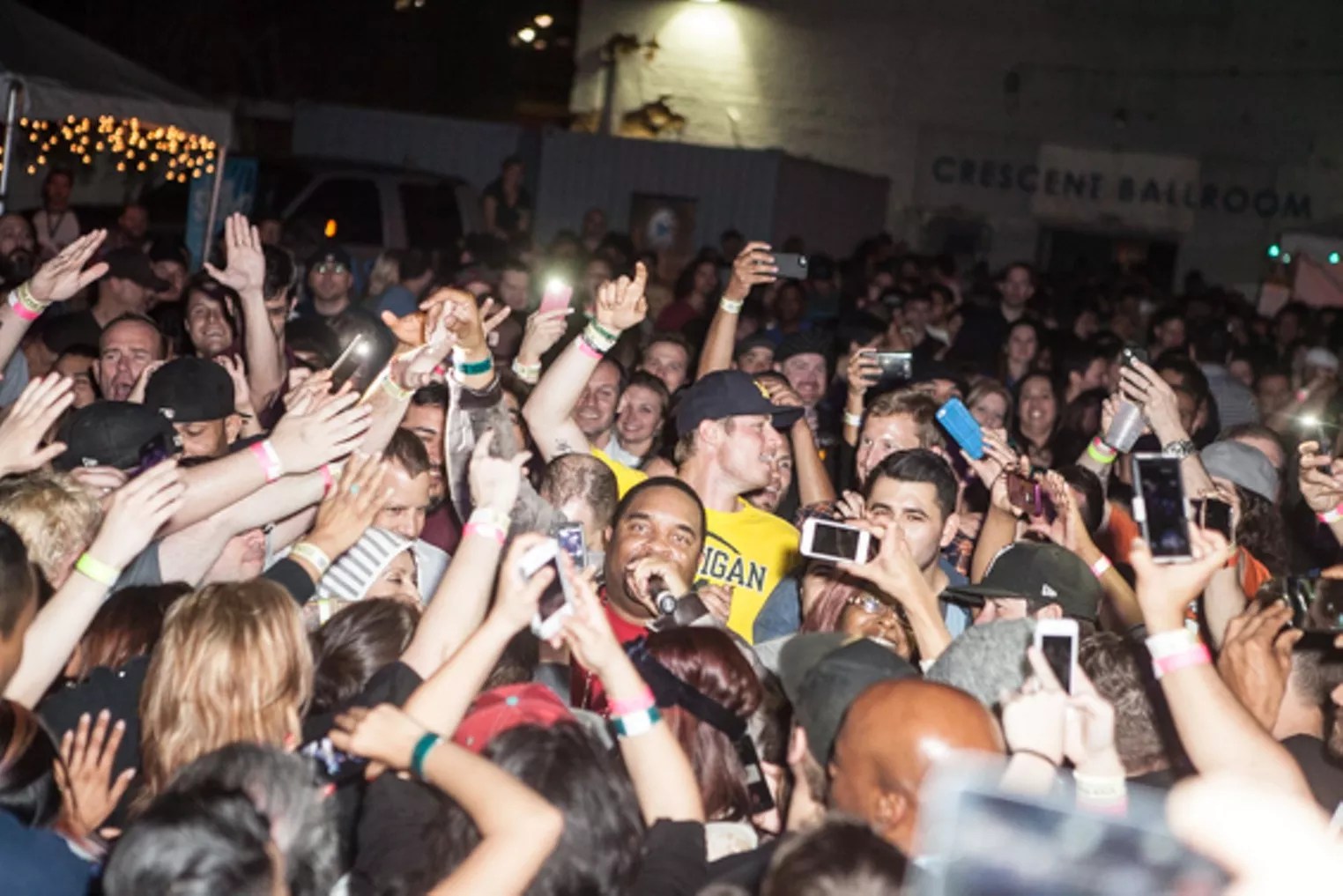
Sir Mix-A-Lot in the crowd at VIVA PHX 2014.
Jim Louvau
It’s a point furthered by Jemsek of Dogbreth. Opportunities are one thing, but it’s got to be about something true and organic.
“I want to represent myself as an artist and the band as the collective of musicians as best as we can,” says Jemsek. “If something happens from a certain performance, I want it to be reflective of who we are as artists. If it’s going to happen, I want it to be because people are digging what we’re doing.”
Perhaps the responses and ideas of the artists hit at something that’s central to VIVA: They want to be the right kind of local-centric fest. Baquet says that 50 percent of the lineup is local bands, adding that they “built the lineup around what we’re seeing already in the scene in Phoenix.”
While all of that’s impressive, not everyone is completely satisfied.
“I will say I have a critique,” says Louise. “I’ve worked with and for several promoters in the Valley, and I know festivals like this are a massive undertaking, but we want more local Phoenix bands opening!”
Clearly the local-centric approach is massively important. These artists recognize that this emphasis and approach to booking is the only way to truly embrace the Valley’s multifaceted identity.
“There’s a lot of bands from here on the lineup,” says Pfeffer. “Like, a lot of really cool bands and all that sort of thing. But that mix, that hodge-podge, I would say that really is Phoenix. That’s what it should be.”
They also know that some of the city’s other big-time events/fests haven’t always maintained the best track record.
“If you didn’t have the local component for the talent, that’d be very bizarre,” says Everheart. “A lot of festivals don’t do that here, which is interesting because we’re small enough for them to do that, right?”
Brejtfus says that for VIVA PHX, Arizona artists are “a focus and not just filling space. There’s a lot of great local acts here that we want to highlight, and, really, VIVA is an idea, and I know (Baquet) agrees, that we would like to bring to the city and grow with the city.”
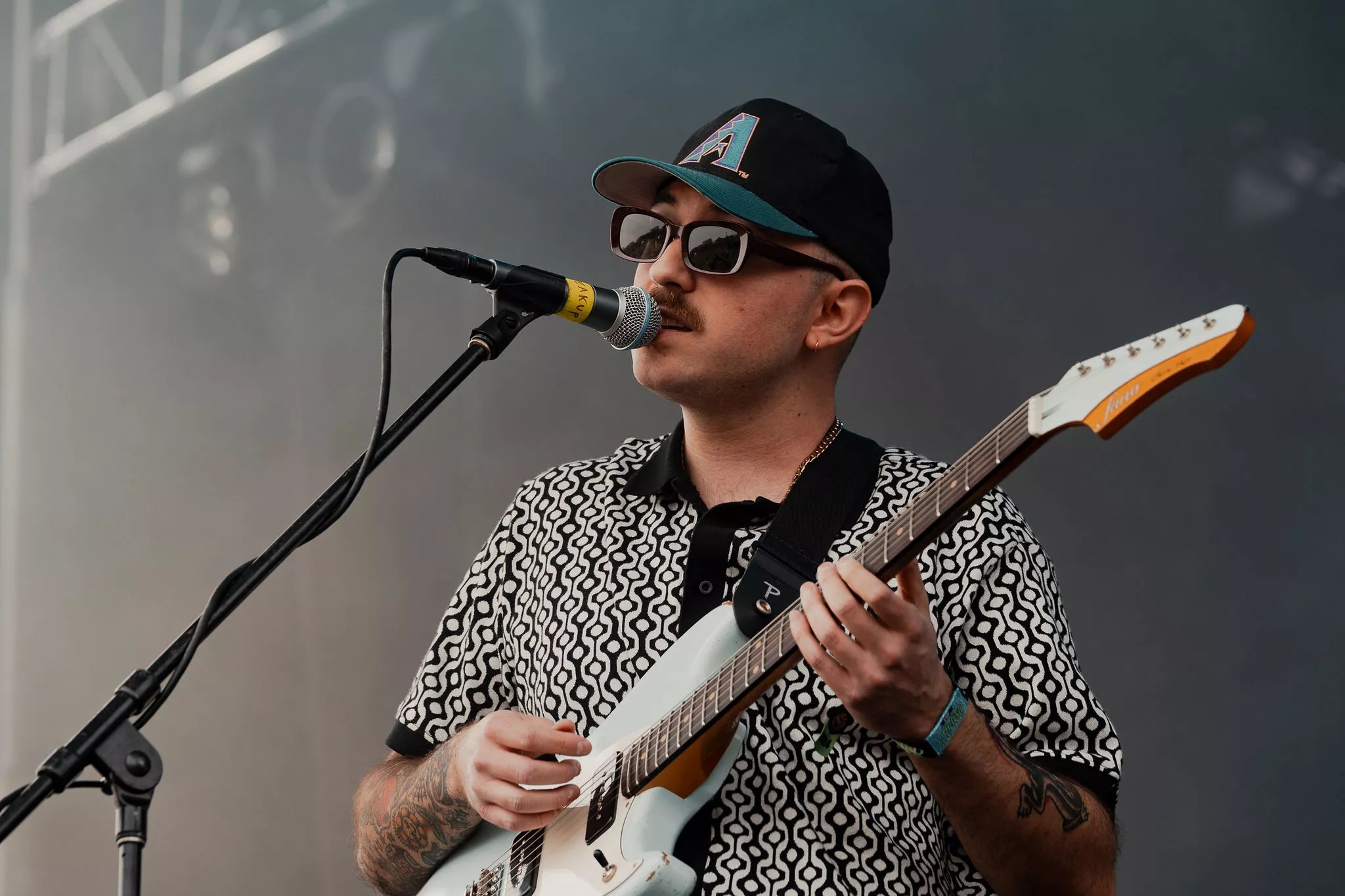
Breakup Shoes are set to appear at VIVA PHX 2024.
Neil Schwartz Photography
Further echoing some of those points, Brejtfus recognizes that putting on a fest takes much more than good intentions.
“I don’t think it’s market-specific. Festivals are a difficult business,” he says. “If you look even around this year, there’s been a number of festival cancellations. They’re complicated to build, they’re expensive and you’ve got to count on people to buy tickets. That’s the biggest factor that comes to festivals disappearing after a year or two years.”
Even still, there’s little denying that for smaller bands, like Dogbreth among others, that local focus is vital – even with one important caveat.
“I focus on just representing myself and what we’re doing as best we can, and not everyone is going to resonate with what you do, no matter what you do,” says Jemsek. “And if you’re trying to resonate with everyone, you’re not being authentic to yourself. So, we’re not going to be for everyone, but we are for some.”
It’s a notion that Zawisa is also familiar with: Playing VIVA isn’t going to make or break you, but it can sure help.
“I don’t know that it’s really a career move as opposed to just something that we think is exciting to be a part of,” says Zawisa. “We generally play pretty small rooms, especially when we’re headlining shows. And it’s also a unique experience to get to play on bigger stages and in front of people who are not necessarily there to see us. So it’s a cool thing.”
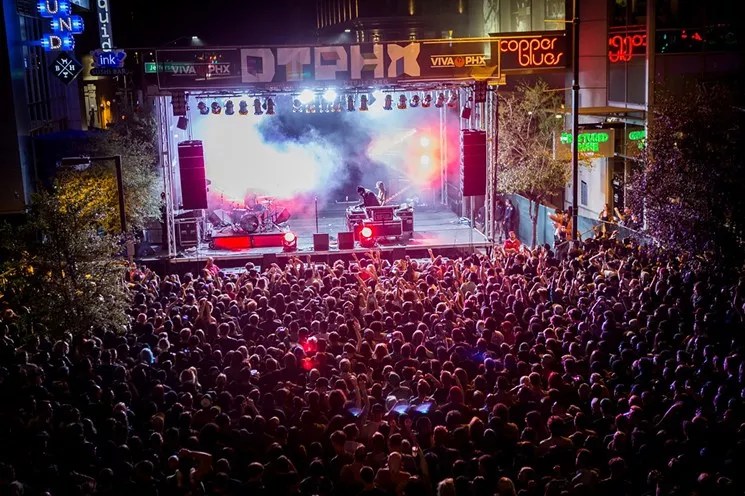
A large crowd during Viva PHX 2016.
Melissa Fossum
The organizers agree, and note that VIVA is part of a much larger puzzle.
“I’m not sure we have the ability to launch someone from a single event,” Brejtfus says. “I absolutely think it’s important for these local acts to share the stage with national acts and be on a bill with acts that are touring and have that exposure.”
That’s why the organizers are so doggedly focused on the idea of building larger partnerships.
“We want active bands who are trying to take it to the next level,” says Baquet. “We also want to create a festival environment where an act who’s on the rise from Detroit comes in and meets a really dope artist who’s like-minded from New York, and then they’re able to do stuff together beyond VIVA. That leaves a lasting imprint of what VIVA PHX was to them moving forward, and that’s how you build a real deep-tie reputation.
But it’s more than building partnerships, booking more local bands and/or promoting synergy. VIVA does, to a very real extent, have to reshape perceptions.
“People who aren’t from here think that we still drive horse-and-buggies and the I-17 is like the Sahara Desert,” Everheart says. “Emphasizing the talent here is really important. We are a pretty major city and there’s a lot of different genres.”
Pfeffer agrees, and thinks that VIVA’s multifaceted approach in promoting the intersection of music, art and food is essential to this mission.
“It’s cool that if you want to show off what this city’s about … you show off the different kinds of art,” he says. “Having different local businesses and food and all that sort of thing just gives you a better idea of what Phoenix is about. We’re the fifth-biggest city in the U.S., but I feel like there’s always kind of an underdog thing with Phoenix because Phoenix is such a new city. So it doesn’t have this, like, decades of history and legacy stuff.”
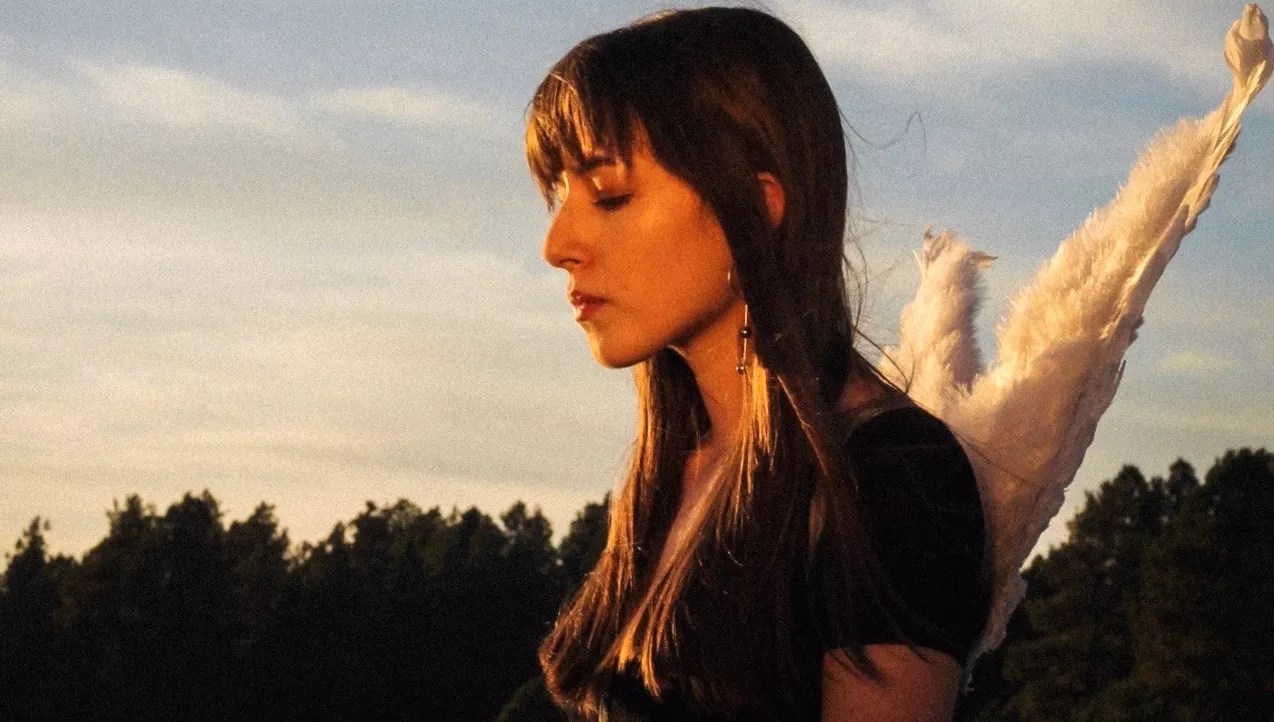
Veronica Everheart will perform at VIVA PHX 2024.
Alyssa Song
It also helps that, to an extent, VIVA has a kind of role model: SXSW, the long-running super-fest from Austin, Texas.
“I admire what they’ve created at SXSW immensely. It’s the perfect type of festival,” Baquet says. “I mean, it’s obviously taking all kinds of new directions and forms, but in its heyday, it was really a special thing. And the way they integrate their community and their city with all this, with brands and bands and different mediums of expression, that is all I want to see happen here in this booming downtown of Phoenix.”
Pfeffer certainly agreed with the value of having our own SXSW-level standout.
“The infantilization of the city is very real because we don’t have Lollapalooza or SXSW and we don’t have this massive event that’s indicative of the city,” he says. “(VIVA) could be something that could be that.”
However, it’s not going to be just one thing that culturally “saves” this city.
“I think we could benefit from that, or I think we could benefit from five things like that,” says Pfeffer of the SXSW connections. “But I want it to start organically and be done by people who are from here. But we’ve just got so much scale that it’s going to end up on the map either way whether or not we have that big event.”
Perhaps that’s why, even before the fest’s even taken place, organizers are already looking toward the future of VIVA PHX and how to expand the festival.
“We’ve had conversations about integrating comedy and panel discussions and dance,” Brejtfus says. “Anything that really could highlight not just Phoenix, but anything that’s emerging nationally, I think we’re open to that. We do want to grow it into some other areas and not just be a focus on music. Obviously, we are music lovers, and this is what we do day in, day out. But I think the idea is to grow it not only in downtown, but with different activations.”
For his part, Baquet leans into this overarching idea called Relational-Cultural Theory. It’s a fancy way of doing things with a people-centric approach and achieving more meaningful success.
“In a nutshell, when people come together and commune, it’s good for the people,” Baquet says. “The people are happier. The community is stronger. And it’s not just an idea; this is proven and this is how it’s been happening for all of humanity. That’s the foundation I want to lay for VIVA moving forward. Like, we come together, we make a better city, a better state and a better community.”
In that very vein, VIVA PHX’s second chance for a full life won’t be a true success because of local darlings and national faves, career growth, tasty cuisine, corporate sponsorships or anything else that’s ultimately about trends and fades. No, it’ll happen because everyone involved focuses on what truly matters most.
“It’s cool to see the city grow and it’s cool to see the band grow and it’s cool to see more bands from Phoenix getting attention and having the opportunity to be on this,” says Pfeffer. “But the actual headliner of the festival is the city.”
VIVA PHX is set to begin at 2 p.m. on Saturday, Oct. 19. Other performers include Cuco, Freddie Gibbs, Show Me the Body, Vagabon, Sadboi, Glixen, Yellowcake and Thumpasaurus. For tickets and more info, head to VIVA’s official website.